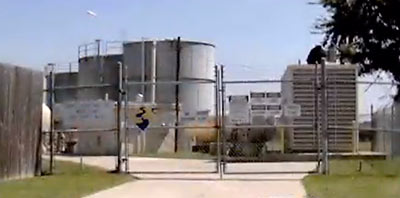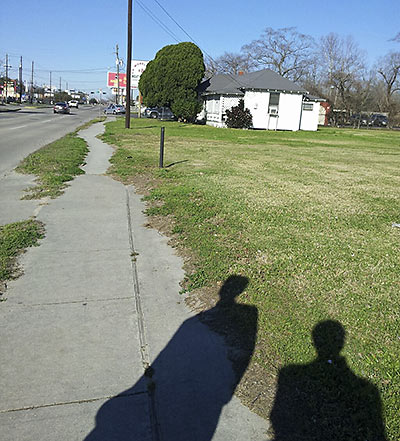
All it takes is a little subtraction! Say you’ve got 20 picocuries of cancer-friendly alpha radiation per liter in your drinking water. Well, there’s gotta be some margin of error in measuring it, right? Say, 6 picocuries per liter? Then just go ahead and subtract that number out (because you’ve gotta be optimistic about these things, you know, or it’ll kill you). Then . . . voilà ! Your level of those nasty little mutation-causing particles is now just 14 picocuries. And phew! what a relief! Because the EPA’s “maximum contaminant level” for alpha radiation happens to be 15 picocuries per liter, and those math wizards at the Texas Commission on Environmental Quality have just saved your community’s water supply from receiving a violation notice! Slight problem: since 2000, the EPA has requested that states not use this little data-jiggering technique. But not to worry: TCEQ’s Linda Goodins, who oversees all drinking-water safety regulation for the state, doesn’t think the EPA’s request was an actual requirement. (Just to placate to those ever-meddling feds though, TCEQ discontinued its subtraction technique last year.)
CONTINUE READING THIS STORY



